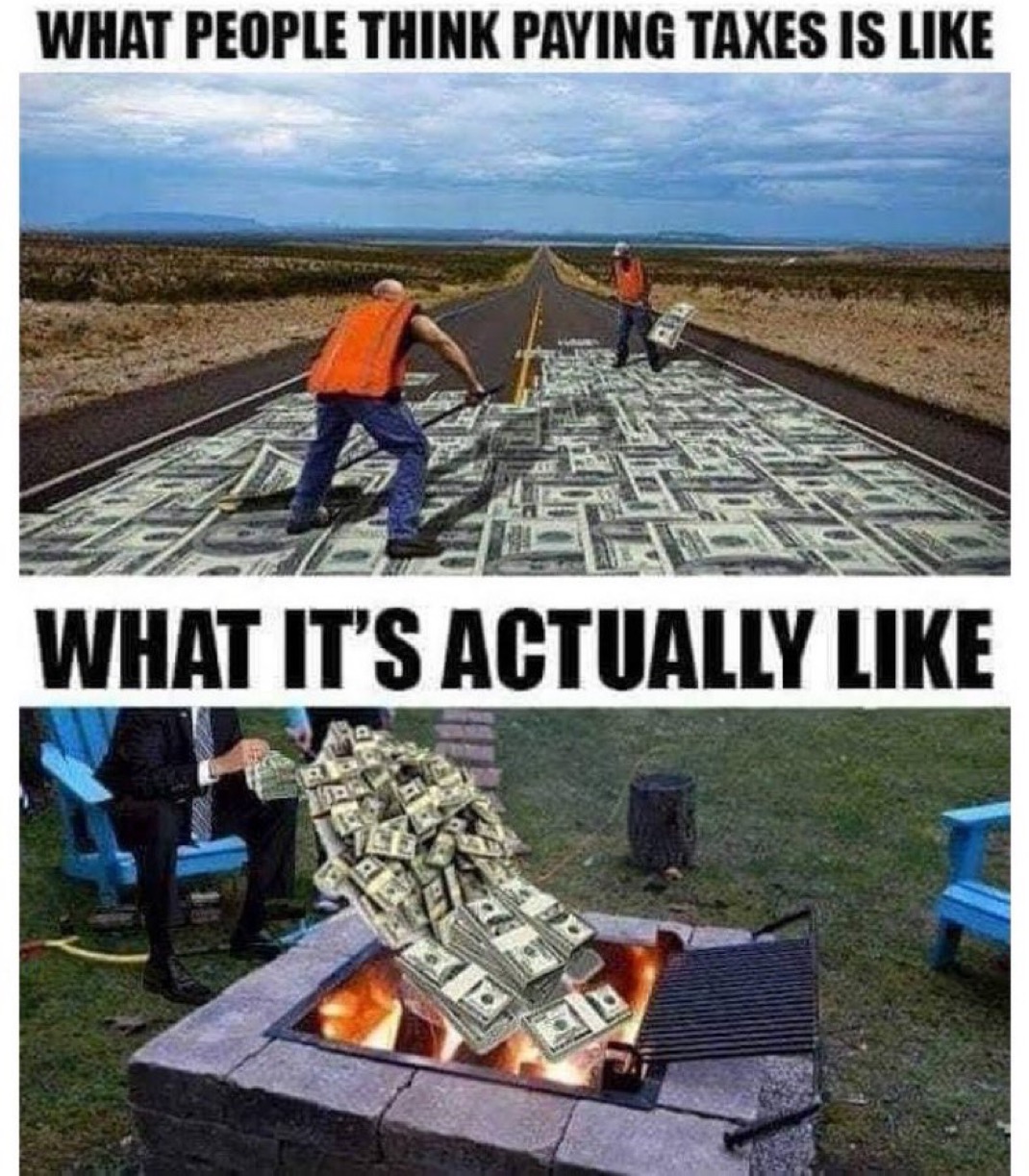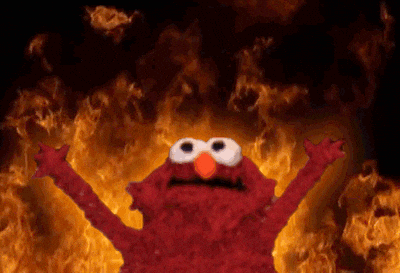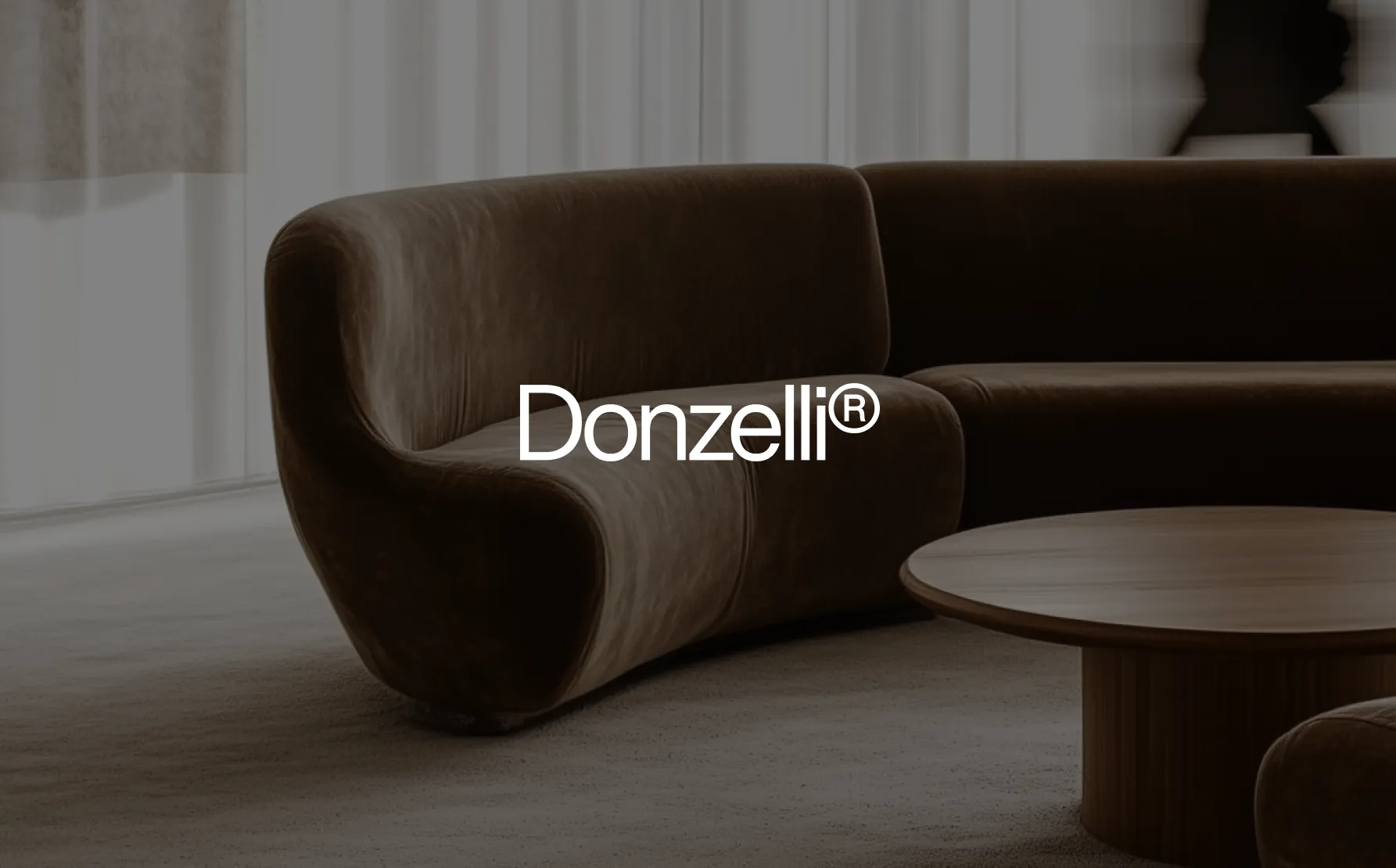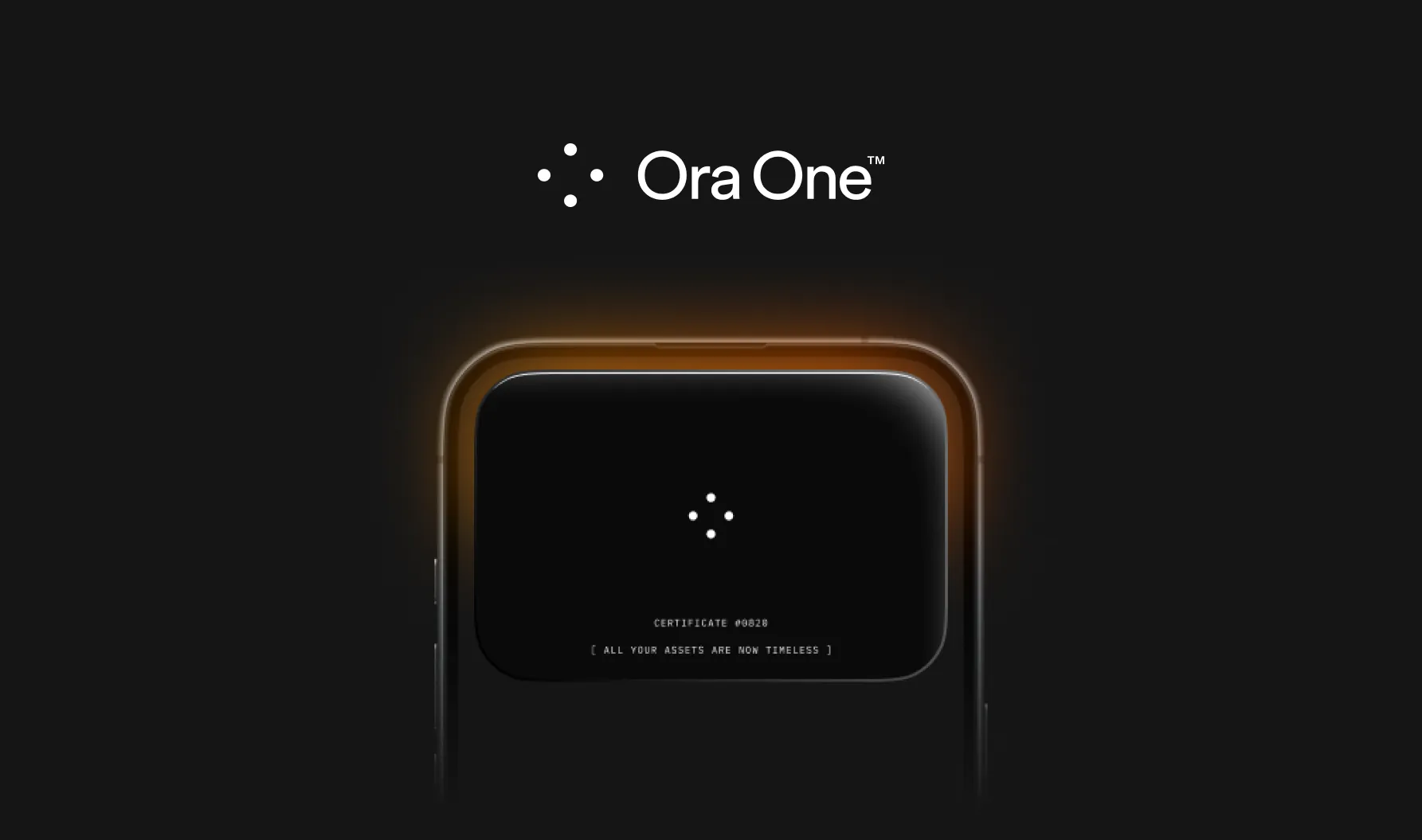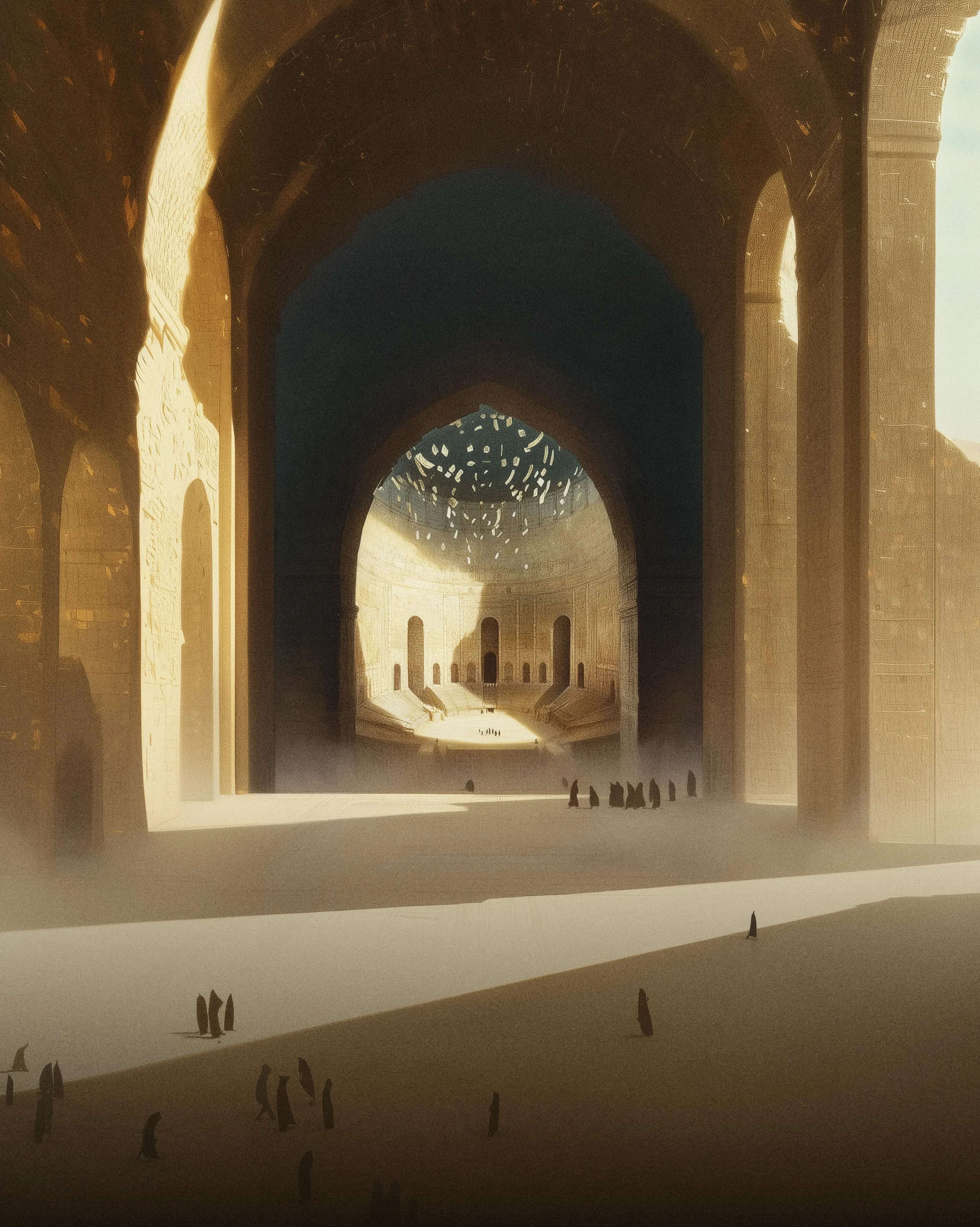


The $50 Billion Problem
archive 12


Introduction
This note might well be the most important thing you'll read today – and perhaps even this week. Not because it appears here, but because it touches on something universal, invisible, and omnipresent.
It tells a story we all live, without even realizing it.
A story that, in the years to come, will mark a before and after.
Something that will disrupt our economies, our governments, and even how we perceive what is important or not.
Take a few minutes and a good espresso.
Follow me.
We’re going on a journey, and this road, filled with unexpected things, is likely to surprise you.
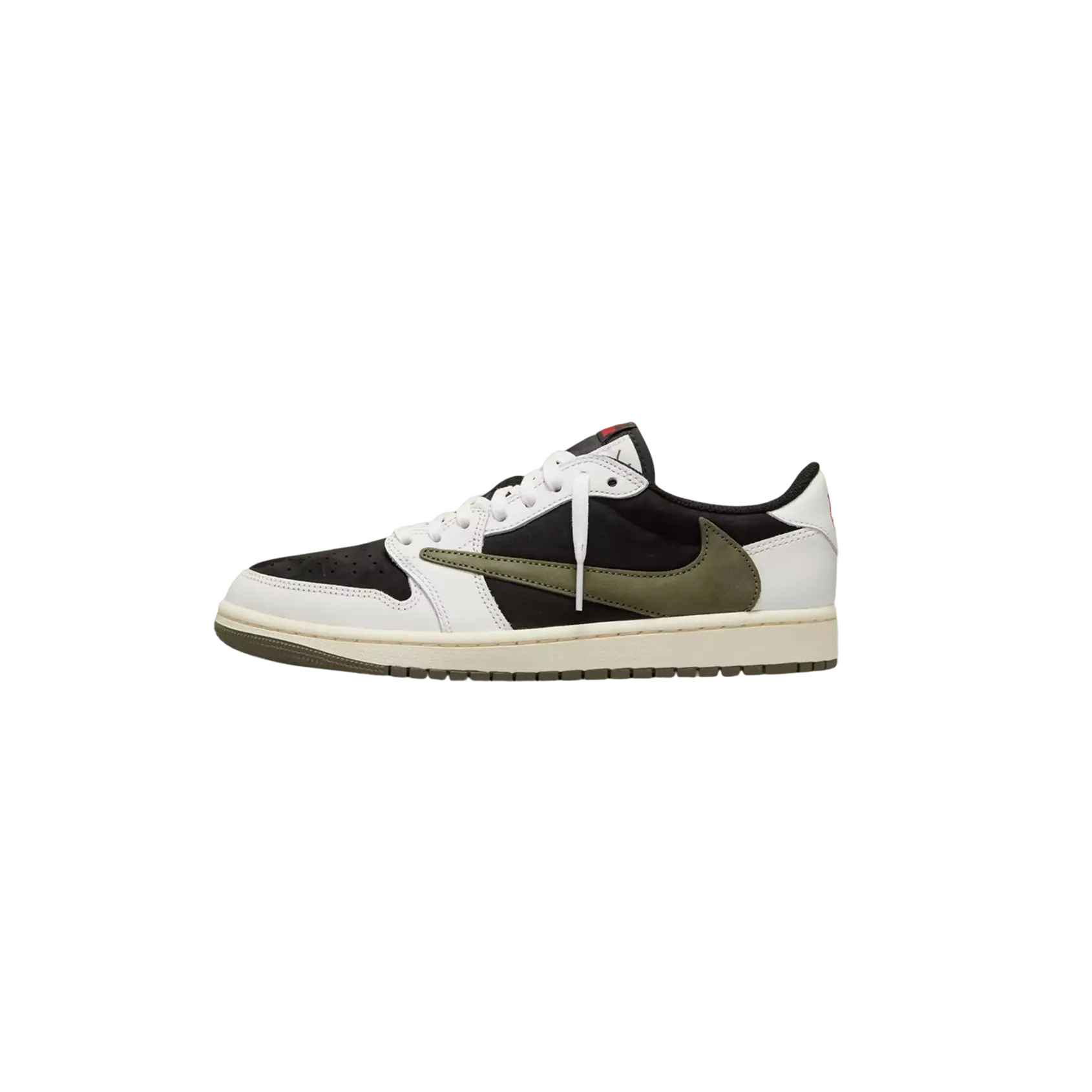
Air Jordan 1 Low Retro OG SP Travis Scott Olive
1 - The Shoe
Have you ever felt or had the chance to feel like you’ve been duped?
Online as well as in real life?
That, it might seem like nothing – just a simple sneaker with the swoosh brand, loved or not – but for connoisseurs, it has a singularity that sets it apart from all the others.
Ignore it, and nothing changes, or take a few minutes, and you’ll never see anything the same way again.
If you’re attentive, you’ve already noticed that the logo on the side of the shoe is inverted.
No, it’s not a mistake, but rather the deliberate intention of artist Travis Scott, with whom Nike collaborated to create this edition. And this is precisely what sets it apart from other ranges of sneakers.
Very few people have the chance to own this model, due to its limited production, but also its price, which skyrockets right after the drop.
This pair of sneakers might seem insignificant, yet it is at the heart of the largest counterfeit scandal of all time.
It was officially produced in only 100,000 copies, with all drops over the years. Compared to a standard pair of shoes, it’s really not much.
To give you an idea, Nike sells and produces between 2.1 and 2.2 million pairs of shoes per day.
Experts in the field estimate that for 100k pairs of this model, there are between 200k and 1M counterfeits produced. That’s 2 to 10 times the initial production.
It’s simply colossal.
And if I told you that this pair of sneakers isn’t just a simple pair of sneakers?
But a problem we’ve been trying to solve for millennia, without success...
If I told you it symbolizes a problem that redefines our economies, our values, and even our governments?
A problem rooted in 3 other major dimensions that hide the solution to our initial issue.
A problem that intensifies as time goes on, and if left unaddressed, could mean humanity is heading down a path I believe none of us here really wants to take.
But then, how could a simple shoe cause the downfall of us all?
In truth, the problem doesn’t lie in the shoe itself, the factories where it’s made, or even the collaboration with the artist.
But in what it represents. As a whole.
To understand the story it’s trying to tell us, let’s dig deeper.
2 - A Problem as Old as Humanity
Whether online or in real life, we’ve all experienced this feeling.
A strange, almost visceral sensation: the fear of being deceived.
Replace these shoes with:
A university diploma,
A property deed,
A work of art,
A luxury bag,
Know-how,
A story,
Or even a patent
Anything of value can be falsified.
We’ve all felt it, that doubt, in the places, objects, or people we interact with.
And it’s the trust we place in things, people, and our cognitive biases that helps us dispel this unease.
It’s the invisible pillar of our society, yet one of the most powerful.
It’s what makes us click “buy” without fear, sign a contract, shake hands with a stranger, or believe the money we deposit in the bank will still be there tomorrow.
But what happens when this pillar begins to crumble?
In our rapidly changing world, even those we trust leave a lingering doubt.
Not because they have ill intentions, but because trust, no matter how sincere, remains inherently vulnerable.
Humans are fallible by nature.
Why is it so hard to trust?
And even more, does this problem truly have a solution?
Because the problem with our shoe might seem trivial.
But on a larger scale – in business, politics, and our digital exchanges – this trust issue becomes a genuine hindrance to our progress.
Every day, we face contradictory information, online scams, deepfakes, and sophisticated financial frauds.
In an age where information is everywhere, it paradoxically becomes increasingly difficult to believe what we see or hear.
This trust crisis doesn’t just affect individuals but also businesses, governments, and global systems.
And this is exactly the question this shoe wants to lead us to.
“How can I trust?”
From the seals of kings to notary signatures, every era has tried to answer this simple question.
And the problem intensifies when we realize historical narratives are full of examples where betrayal and falsification shaped the course of events.
Distrust is one of the main drivers of great inventions: written contracts, gold-backed currencies, financial audits...
All were created to address an inherent lack of trust.
Yet every day, the number of lies increases, and the trust we place decreases.
3 - An Impossible Solution
Despite millennia of evolution, no definitive solution to the trust problem has been found.
Regardless of the system put in place, it always ends up depending on a human chain of intermediaries, where a single weakness is enough to compromise the entire structure.
Digital technologies have tried to automate trust, but even they are vulnerable: centralized databases get hacked, fake digitized documents surface, and identities are stolen.
The thing is, this trust issue doesn’t just stop us from buying a shoe; it actually costs all of us far, far more.
And no one is talking about it.
Let’s take a little journey into space, to look at Earth from a higher perspective.
Counterfeiting costs the global economy around $500 billion a year.
The cost of misinformation and deepfakes is estimated at several billion dollars annually. Media companies, social networks, and governments are actively searching for solutions to combat this.
Global financial fraud amounts to approximately $6.4 trillion according to LexisNexis.
And the cybersecurity market exceeds $200 billion, growing exponentially with the arrival of AI and increasingly powerful processors.
It seems total trust in a chain of people remains a utopia unless rules are in place.
And if someone were to one day break this curse, we wouldn’t just be talking about a solution worth a few million, but tens or even hundreds of billions of dollars.
Welcome to the heart of our $50 billion problem.
The trust issue.
Let’s take a first step, take a deep breath, and enter.
4 - The Gates of Hell
Perhaps at this point in the story, some of you have understood or at least can see what story this shoe wants to tell us and where it’s leading us. Let’s see if you’re on the right track.
We continue our journey, this time through time, opening the gates of the problem.
And running around the Earth, our shoe through the ages notices that this trust issue takes root in three distinct and complementary dimensions that have, for millennia, slowed our evolution.
The first dimension: The loss of knowledge.
Tie your laces; we’re heading to 48 BC, to the Middle East, where one of the oldest events known to us today deprived us of a major version of our species’ evolution.
Since the dawn of civilizations, knowledge has always been vulnerable.
Imagine a world where everything we know—or believe we know—can disappear overnight.
Stories. Technologies. Historical facts. Knowledge.
It’s not an abstract idea.
It has already happened.
The burning of the Library of Alexandria, symbol of the greatest collection of knowledge of its time, embodies this fragility.
Thousands of works, scientific discoveries, and historical accounts vanished forever, depriving future generations—and therefore, us—of an invaluable heritage, as well as technologies and expertise that remain inconceivable today.
It’s as if we know that there are things we don’t know, but since by definition we don’t know them, we pursue paths somewhat randomly, trying to find something unknown.
Even if we stumble upon it, how would we know it’s what we were looking for?
In short, this creates countless other problems that are difficult to identify today.
And it will happen again.
That’s a certainty.
This loss doesn’t only result from flames or the passage of time.
Throughout history, knowledge has been lost, diverted, or manipulated, leaving gaping holes in our understanding of the world.
Every fragment forgotten is a missed opportunity for humanity to build upon the foundations of its predecessors.
The fragility of knowledge persists, always.
Facts morph, stories distort.
What is true for some is no longer true for others.
When trust in information crumbles, everything fragments.
And what’s lost deprives us all even more of understanding what is real and true.
And this notion of truth conveniently leads us to the second dimension of our trust problem.
The second dimension: A quest for authenticity.
Since forever, humans have sought to distinguish the true from the false. From antiquity, seals, signatures, and artisanal processes have been used to guarantee the origin and quality of goods.
But authenticity isn’t limited to tangible objects.
It also encompasses ideas, narratives, and expertise that define our culture and history.
How can we ensure that a work of art belongs to a great master, that a historical narrative reflects the truth, or that a skill transmitted through generations hasn’t been altered?
This fight to preserve and value what is genuinely valuable—whether material goods, intangible heritages, or information—has transcended the ages and remains more crucial than ever.
This ties us to the routes taken by these values, which brings us to the third and final dimension of our trust issue.
The third and final dimension: The routes of trust.
From the first exchanges between tribes to global trade routes, one problem persists: transparency.
At every step, traceability of exchanges has been a challenge.
How do we know where a spice transported thousands of kilometers comes from or if an artisan truly respected ancestral methods?
This isn’t just a matter of commerce, but of trust in human relationships and the transmission of shared values.
Even today, this need for traceability goes far beyond goods: it affects our commitments, our promises, and even our ideas.
At its core, it’s not just about commerce or history.
It’s about the links between humans.
Knowing that an exchange, a transaction, a handshake, a coin deposited in the bank, rests on something reliable.
So, given these three identified trust problems, what solutions can we pursue to resolve them?
5 - The Hidden Dimension
Beyond these three major challenges, there’s another fundamental dimension that, after some research, is barely mentioned anywhere, as if it doesn’t exist—even though it’s deeply connected to the three points previously discussed.
Only a few engineers, scientists, or specialized companies touch on this topic, often with technical jargon that obscures the simplicity of the problem.
Let me try to be clear.
Behind every lost item, every falsified piece of information, or every dubious exchange, the same question always arises: who really owns it?
Can I trust this person?
Whether it’s a document, an object, or data, everything depends on the ability to prove that we own something and that this ownership has value.
Ownership and value are the two core elements of the trust problem itself.
The real challenge lies in the inability to prove, without any doubt, the ownership and value of what we possess.
Without this proof, knowledge, authenticity, and traceability become impossible to guarantee.
And if this issue seems distant, it’s often masked by absurd examples.
6 - Traps and More Traps
As we continue down our path with our shoe,
We come across a monkey.
Sorry, not one, but hundreds of monkeys.
Remember those images of grotesque-looking monkeys, the famous Bored Apes, sold for astronomical prices?
At first glance, the idea seems ridiculous. How could JPEGs be worth millions? Yet behind this facade of madness lies one of the most significant innovations in history in terms of trust and ownership, on par with how artificial intelligence is revolutionizing our processes and ways of thinking.
NFTs (Non-Fungible Tokens) are not just digital images: they are unfalsifiable and traceable proofs of ownership. No matter how many times the image is copied, only one person holds the original ownership certificate.
A certificate that guarantees the authenticity and value of the object. (Something has value when humans decide it does; it’s not something tangible and never has been. Otherwise, why would economic variations like inflation exist?)
Gold has value not because it’s indispensable, but because we decided it does.
Paper money is just a piece of paper until a government guarantees its value.
Works of art are valuable because they are rare and because history assigns them value.
This doesn’t mean all NFTs are useful or relevant, but the mechanism they embody offers an unprecedented solution to age-old problems: proving, without a doubt, who owns what and at what value.
7 - The Final Trap: The Well
Behind NFTs lies a singular technology: blockchain.
The blockchain absorbs chaos and transforms it into trust.
Very little public education has been done on the topic, leaving the impression of a closed club reserved for insiders.
Let’s keep it simple:
The blockchain is a digital, immutable, and decentralized ledger that records every transaction or movement in a transparent and secure way.
Imagine a giant open book, where each page is linked to the previous ones, forming a continuous chain. Once information is written down, it cannot be erased or altered. Each page contains an encrypted code linking it to the previous page, and then the one before that... a tiny modification would require rewriting the entire book. This demands computational power and technical expertise that are practically impossible to provide.
The blockchain and decentralized traceability systems are likely the first stepping stones to a world where trust can exist without intermediaries.
There are many versions and variations of this technology. And only a few are beginning to take shape, solving parts of our problem.
But it’s far from sufficient.
There’s no simple, accessible, and secure system that fully harnesses the phenomenal power of this technology.
There’s no system to protect, certify, and enhance:
- Our knowledge.
- Our possessions.
- The routes that connect them.
We are facing one of the biggest problems humanity has ever known.
We have an unbreakable and incorruptible technological tool.
A problem that costs all of us billions, increasing every day as time goes on.
The absence of trust in human systems and the constant need to prove, verify, secure, and regulate every interaction costs each individual potentially between $1.3 and $2 million over the course of their lifetime (for Europeans and Americans).
We earn, in total, between $1.6 and $2.5 million in a standard 40-year career.
In other words:
We spend 80% of our lives compensating for the lack of trust in our societies.
It’s staggering.
The trust deficit acts as an invisible tax on every aspect of our lives.
Money. Opportunities. Relationships. Projects. Ambitions.
The future of our civilization depends on our ability to resolve this trust deficit.
Progress. Inequalities. Knowledge erosion. Governments. International trade. Climate change mitigation. History.
All these issues rely on the trust we can place in each other.
But nothing.
We are at the bottom of the well, stuck with our shoe sliding along the walls, seeing the exit above our heads.
The water is rising. We are drowning.
We have the knowledge to climb out.
But we haven’t been smart, collaborative, or obsessed enough to create tools to grip on.
To let us know exactly which stone to step on and avoid the traps set by moss.
But we’re slipping. Constantly.
And every effort exhausts us. More and more.
We lose consciousness.
And at the bottom of the well, we arrive in uncharted territory.
A place where no one wants to be.
Yet here we are.
Or at least, we’re heading there.
Fast.
Unless we change course.
The next revolution is about trust.
Those who know how to build and maintain it will change the world.
8 - The Final Act: The Temple
There exists an invisible place.
A temple no one has ever seen.
Not because it’s hidden, but because it’s never been built.
At least, not yet.
This temple isn’t made of stones or columns.
It doesn’t rise above the clouds or rest at the bottom of the seas.
It’s constructed in an even vaster space.
If we put on our shoes and enter this temple,
We find an immense, endless library.
A space without walls, without partitions, where trust is the keystone.
Walking around it, we notice a golden thread connecting every book, every object, and every idea within this space.
A thread between the past, the present, and the future.
Transporting everything we are and everything we have created.
Through our objects, our ideas, our stories.
This golden thread emanates directly from our keystone.
This golden thread is trust in its purest form.
But as brilliant as it is, neither it, nor the library, nor this temple exists yet.
Since the dawn of time, humanity has dreamed of building such a temple of trust.
A place where trust isn’t a quest but a certainty.
And trust is born from our ability to prove.
What is true, unique, and authentic.
But how can we prove anything without a trace, a link, an anchor?
This is where the notion of ownership comes into play.
An ownership deed transforms an abstract truth into a tangible certainty.
It establishes an unbreakable link between a value and an entity.
An object to its owner, knowledge to its creator, an idea to its source.
It ensures that what is ours cannot be imitated, falsified, or erased.
Ownership, in this framework, is what connects the three dimensions of trust:
• Knowledge: Who created it, who owns it, and in what context?
• Authenticity: How can we prove an object or idea is true and unique?
• Provenance: Where does what I own come from, and how can its path be traced?
Certainty of ownership creates this golden thread.
It weaves trust; it makes it real.
But every attempt to build this thread has collapsed.
Kings’ seals, lost archives, centralized systems...
Carried away by the flames of time or the flaws in our systems.
Nothing has endured.
Because every solution relied on a single thing: humanity.
Our emotions betray us, our centralized systems falter under the weight of betrayals and errors.
But today, for the first time, something else is possible.
A new era.
Not just technological, political, or economic.
An era that reinvents how we build trust.
A philosophical era where trust becomes the keystone of our society.
The era of intelligent ownership.
9 - End: The Mission
This temple. This library. This golden thread.
They are not just a simple imagination.
But a true vision.
The architecture of a solution to the greatest problem of our time.
The problem of trust.
With my team, we have found an answer.
A way to build this temple.
We have combined our experiences and knowledge,
From the economic market.
From the design market.
From fundamental human beliefs and psychology.
And, of course, from the technological market:
Using this inviolable technological foundation as a base.
The blockchain.
A solid, immutable architecture.
A transparent, all-in-one solution.
A simple, accessible tool, right in your pocket.
And this is far from a distant dream.
It is a reality we have begun to construct.
A golden thread woven between knowledge, authenticity, and provenance.
The three dimensions of our trust problem.
A thread that, for the first time, connects the past, the present, and the future in an inviolable fabric.
This is how we created Ora One.
Ora One is not just a tool.
It is a foundation. A base. A platform.
The first cornerstone of the era of intelligent ownership.
An era where everything that matters—your ideas, your objects, your stories—is protected, certified, and valued.
So that nothing is ever lost.
So that nothing is ever altered.
So that every link, every trace, every proof becomes an indisputable truth.
Thanks to intelligent ownership: immutable, timeless, and valued.
Ora One opens an era where trust becomes a universal asset.
Something we possess. A certainty.
Today, this vision is far more than just a concept.
We have tested and designed every building block of this tool, of this temple.
And we are now in the assembly phase of the Ora One tool.
So that you, and everyone around you,
Can finally enter this new era of ownership.
So that you can finally truly own.
Without bias, without intermediaries, and without trust taxes.
To be finally free to give and receive trust.
The era of intelligent ownership is here.
And Ora One is the key.
An open, universal space for those who dare to believe in a world where trust is no longer a luxury but an evident reality.
If you want to join us or invest early in this era of intelligent ownership, we have set up a dedicated space.
Write to us. We can’t wait to hear from you.

